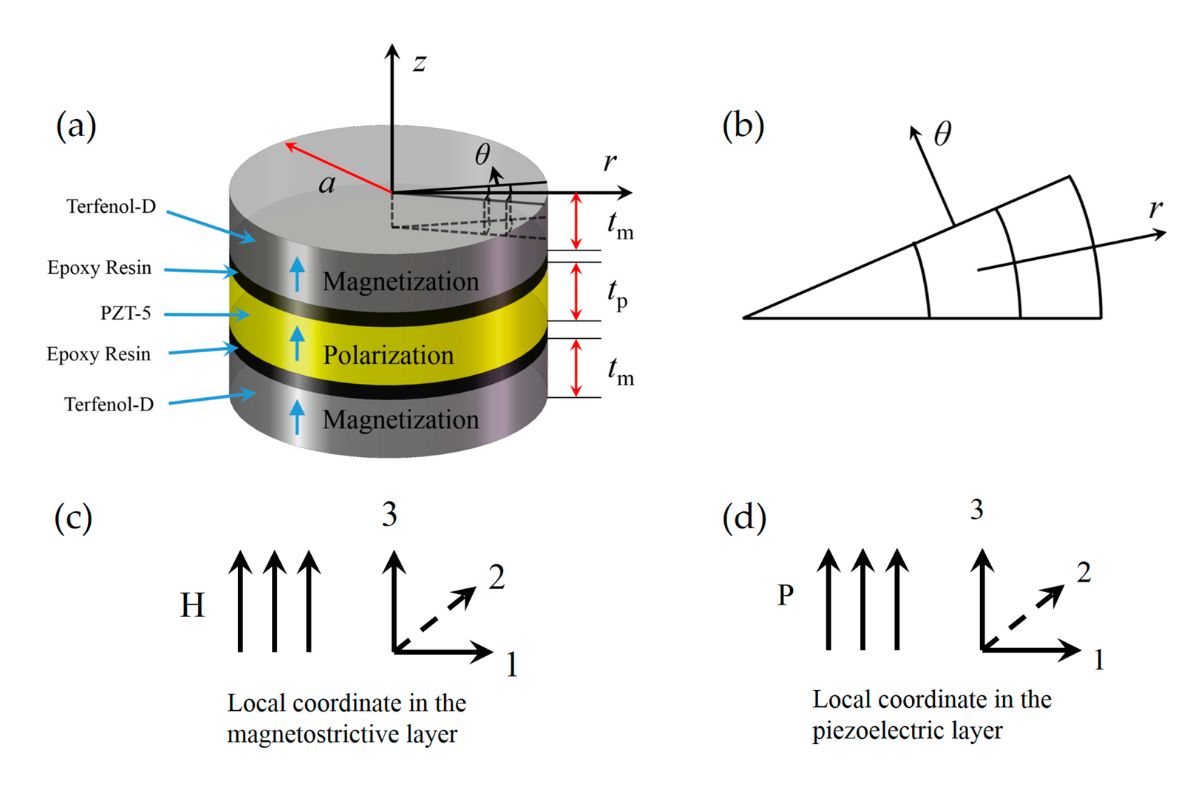
What is the magnetoelectric effect? The magnetoelectric effect is a phenomenon where magnetic fields can influence electric properties and vice versa. Imagine flipping a switch and not only turning on a light but also changing the magnetic field around it. This effect is like a bridge connecting electricity and magnetism, allowing them to control each other. It has exciting applications in sensors, data storage, and even medical devices. Understanding this effect can help us develop new technologies that are more efficient and powerful. Ready to learn more? Let's dive into 29 fascinating facts about the magnetoelectric effect!
What is the Magnetoelectric Effect?
The magnetoelectric effect is a fascinating phenomenon where magnetic and electric fields interact in certain materials. This interaction allows the control of magnetic properties using an electric field and vice versa. Let's dive into some intriguing facts about this effect.
-
The magnetoelectric effect was first predicted by Pierre Curie in 1894, long before it was experimentally confirmed.
-
The first experimental observation of the magnetoelectric effect occurred in 1959 by Soviet physicists Dzyaloshinskii and Astrov.
-
Materials exhibiting the magnetoelectric effect are called magnetoelectrics or multiferroics.
-
Multiferroics possess more than one primary ferroic property, such as ferromagnetism and ferroelectricity.
-
The magnetoelectric effect can be linear or non-linear, depending on the material and the strength of the applied fields.
Applications of the Magnetoelectric Effect
The magnetoelectric effect has numerous applications in modern technology. Here are some ways it is being utilized:
-
Magnetoelectric sensors can detect minute changes in magnetic fields, making them useful in medical imaging and navigation systems.
-
Magnetoelectric materials are used in data storage devices, allowing for more efficient and faster memory.
-
These materials can improve the performance of spintronic devices, which use electron spin rather than charge for information processing.
-
Magnetoelectric composites are being explored for use in energy harvesting, converting ambient magnetic and electric fields into usable energy.
-
They have potential applications in wireless power transfer, enhancing the efficiency of power delivery systems.
Types of Magnetoelectric Materials
Different materials exhibit the magnetoelectric effect in various ways. Let's explore some of these materials:
-
Cr2O3 (Chromium Oxide) was the first material in which the magnetoelectric effect was observed.
-
BiFeO3 (Bismuth Ferrite) is a well-known multiferroic material with strong magnetoelectric coupling.
-
TbMnO3 (Terbium Manganite) exhibits a giant magnetoelectric effect at low temperatures.
-
YMnO3 (Yttrium Manganite) is another multiferroic material with interesting magnetoelectric properties.
-
Composite materials, such as those combining piezoelectric and magnetostrictive phases, can exhibit enhanced magnetoelectric effects.
Challenges in Magnetoelectric Research
Despite its potential, research into the magnetoelectric effect faces several challenges:
-
Achieving strong magnetoelectric coupling at room temperature remains difficult.
-
Many magnetoelectric materials are complex oxides, which can be challenging to synthesize and process.
-
Controlling the magnetoelectric effect in thin films and nanostructures requires precise fabrication techniques.
-
Understanding the fundamental mechanisms behind the magnetoelectric effect is still an ongoing area of research.
-
Developing practical applications for magnetoelectric materials requires overcoming issues related to stability and scalability.
Future Prospects of the Magnetoelectric Effect
The future of the magnetoelectric effect looks promising, with ongoing research and development. Here are some exciting prospects:
-
Advances in material science may lead to the discovery of new magnetoelectric materials with enhanced properties.
-
Integration of magnetoelectric materials into electronic devices could revolutionize the electronics industry.
-
Magnetoelectric materials could play a crucial role in the development of quantum computing, providing new ways to manipulate quantum bits.
-
Research into hybrid materials combining magnetoelectric and other multifunctional properties could lead to innovative applications.
-
The development of flexible and wearable magnetoelectric devices could open up new possibilities in healthcare and personal electronics.
Interesting Facts About Magnetoelectric Effect
Here are some additional intriguing facts about the magnetoelectric effect:
-
The magnetoelectric effect can be induced by strain, temperature changes, or light in some materials.
-
Some magnetoelectric materials exhibit a phenomenon known as magnetoelectric memory, where the state of the material can be "written" with an electric field and "read" with a magnetic field.
-
The study of the magnetoelectric effect has led to the development of new theoretical models and computational methods in condensed matter physics.
-
Magnetoelectric materials are being explored for use in advanced sensors capable of detecting biomagnetic fields, which could have applications in medical diagnostics and neuroscience.
The Magnetoelectric Effect: A Fascinating Phenomenon
The magnetoelectric effect is a captivating subject that bridges the gap between electricity and magnetism. This phenomenon has significant implications for technology, medicine, and scientific research. From data storage to sensors and medical devices, the applications are vast and varied. Understanding this effect can lead to innovations that make our lives easier and more efficient.
Researchers continue to explore new materials and methods to harness the magnetoelectric effect. Their discoveries could revolutionize how we interact with technology. As we move forward, the potential for new breakthroughs remains high.
Whether you're a student, a tech enthusiast, or just curious, the magnetoelectric effect offers a world of possibilities. Keep an eye on this field; it's bound to bring exciting developments in the years to come.
Was this page helpful?
Our commitment to delivering trustworthy and engaging content is at the heart of what we do. Each fact on our site is contributed by real users like you, bringing a wealth of diverse insights and information. To ensure the highest standards of accuracy and reliability, our dedicated editors meticulously review each submission. This process guarantees that the facts we share are not only fascinating but also credible. Trust in our commitment to quality and authenticity as you explore and learn with us.
